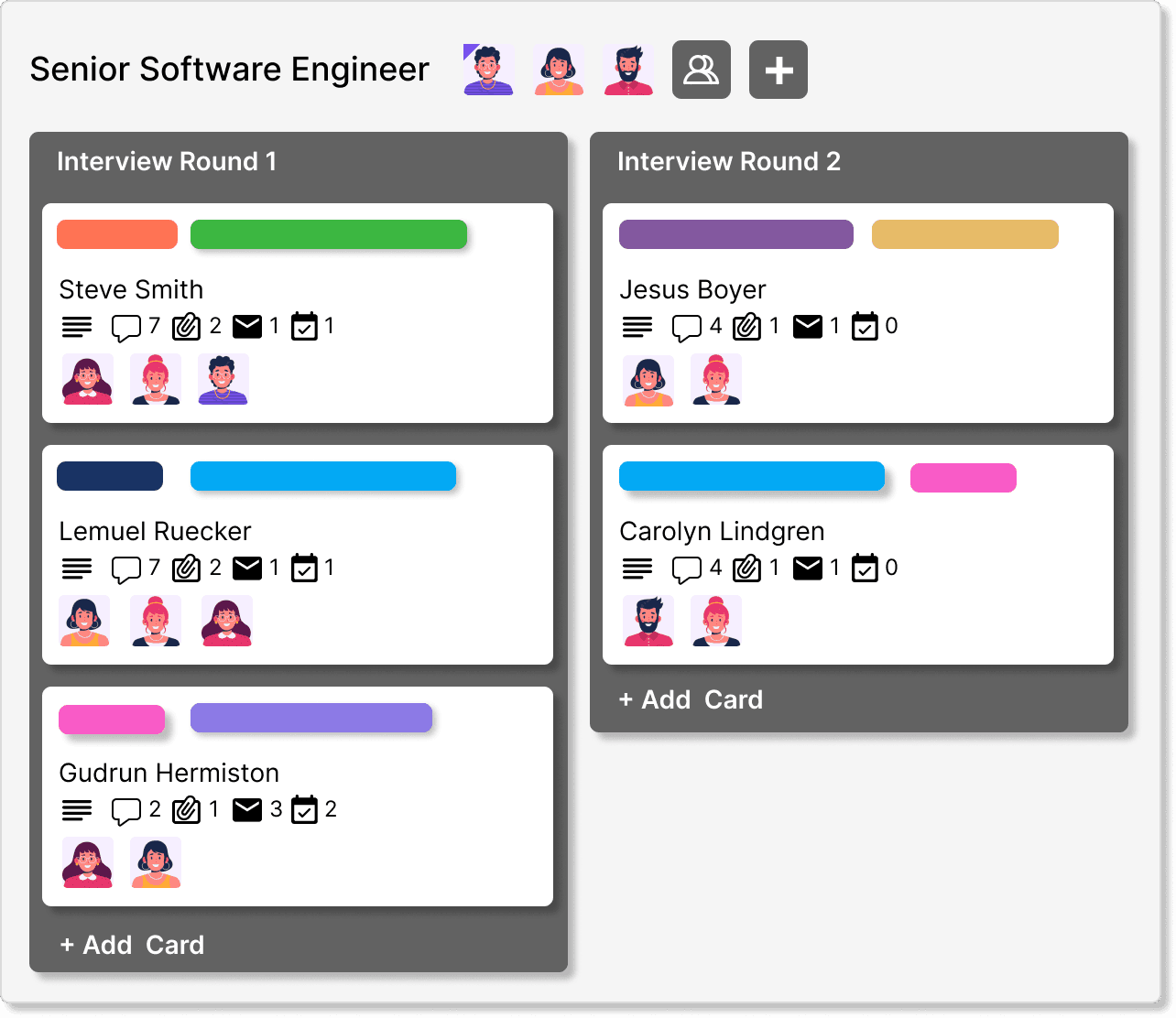Color psychology is a fascinating and influential aspect of our daily lives. It studies the effect of colors on human behavior and emotions, which can significantly impact decision-making processes. For instance, consider how different traffic signal colors guide our actions: red for stop, green for go, and yellow for caution. Similarly, in the retail industry, businesses use colors strategically in their branding and product packaging to influence consumer perceptions and buying decisions. 
As a visual language, color goes beyond aesthetics; it carries profound meanings, triggers emotional responses, and influences behavior. Exploring the intricate world of color psychology provides valuable insights into how different hues impact physiological responses, evoke emotions, and contribute to overall well-being. This article delves into various aspects of color psychology, ranging from the meanings of colors to their influence on mental health and safety.
Understanding the meanings associated with different colors is essential to harness their psychological impact. For example:
As we traverse into the corporate world, let’s explore how Tacitbase, an innovative hiring platform, leverages color psychology to enhance the hiring process.
Color psychology delves into how colors influence our mood, behavior, and physiological responses. For instance, red often signifies urgency or importance, while blue denotes calmness and stability. Yellow inspires creativity and optimism, and green promotes growth and environmental consciousness.
This concept isn’t unfamiliar; consider how a calming blue background in a mobile app relaxes us, or how a vibrant red sale sign in a store catches our attention. By understanding these associations, businesses can use color psychology to their advantage, including in their hiring processes.
Tacitbase, with its versatile label feature in the applicant tracking system (ATS), presents an innovative solution. This feature not only allows for the strategic categorization and prioritization of job openings and candidate profiles but also offers customization in colors and shades, adding a layer of psychological insight into the recruitment process.
The use of color-coded labels can significantly impact the hiring process. Predominantly, they serve as visual cues for quick reference, enabling recruiters to efficiently sort and prioritize candidates. But more than that, by aligning the label colors with the job’s emotional and psychological demands, recruiters can subtly influence candidate perceptions and expectations.
Tacitbase takes color psychology a step further by allowing customization in the shades of labels. This feature is not just about adding a visual cue but about fine-tuning the psychological messaging behind each label. Different shades can evoke different intensities of emotion and perception. For instance, a light blue might be seen as more calming than a darker blue, which might convey a sense of reliability and strength. This customization allows recruiters to precisely tailor their messaging and appeal to the ideal candidates’ subconscious preferences and emotions.
Let’s explore how leveraging the nuanced use of colored labels, including various shades, can transform recruitment by aligning with the psychological preferences of candidates and enhancing the overall hiring strategy.
For instance, urgent or high-priority job openings can be labeled red, signaling the need for immediate attention. Blue labels could indicate calm and stable positions, promoting a sense of trust. Green labels could highlight growth opportunities and eco-friendly positions, while yellow labels could signal optimism and creative job roles.
Using Labels in Various Recruitment Scenarios
The versatility of Tacitbase’s labels can be leveraged in numerous recruitment scenarios, from sorting candidates based on skills and experience to organizing them by location or personal indicators. Here’s how to use labels effectively in different scenarios:

Labels Based on Skills
- Custom Color Coding: Assign specific colors to represent different skill sets. For example, use shades of green for technical skills, blues for communication skills, and yellows for creative skills. The different shades within each color category can indicate the level of proficiency.
- Visual Sorting: Quickly identify candidates with the desired skill sets by the color of their labels, making the initial screening process more efficient.
Labels Based on Experience
- Gradient Shades: Utilize a gradient of colors to indicate years of experience. A light-to-dark spectrum can represent the range from entry-level to seasoned professionals. This method helps in quickly identifying the experience level of candidates.
- Sector-Specific Colors: For roles that require industry-specific experience, assign a unique color to each industry. This aids in identifying candidates with relevant sector experience at a glance.
Labels Based on Location
- Geographical Color Coding: Assign colors based on geographical regions or proximity to the workplace. This can be particularly useful for roles that require physical presence or have a preference for local candidates.
- Remote vs. On-site: Use distinct colors to tag candidates open to remote work versus those preferring or restricted to on-site roles. This helps in aligning logistical preferences from the outset.
Labels for Personal Indicators
- Cultural Fit: Use specific colors to mark candidates who have demonstrated, through their application or interview, a strong alignment with the company’s culture. This can be based on their answers to situational questions, hobbies, or volunteer experience.
- Availability: Different colors can indicate immediate availability, notice period requirements, or conditional availability, providing a quick reference for timing considerations.
Best Practices for Implementing Color-Coded Labels
To maximize the benefits of Tacitbase’s color-coded labels, consider the following best practices:
- Consistency: Establish a clear and consistent color scheme that all team members understand. This ensures that everyone interprets the labels in the same way, reducing confusion and streamlining the recruitment process.
- Training: Provide training for your recruitment team on the psychological implications of colors and how to use the label system effectively. This will ensure that the system is used to its full potential.
- Feedback Loop: Regularly collect feedback from users and candidates about the effectiveness and perception of the color-coded label system. Use this feedback to make iterative improvements.
Let’s appreciate the real power of colors in hiring. Tacitbase has turned what might seem like a simple choice of color into a smart strategy that makes recruiting not only more efficient but a bit more fun, too. Think of it as adding a dash of paint to the sometimes gray world of job sorting and candidate searching. It’s not just about making things look pretty; it’s about using colors smartly to connect the right people to the right jobs faster and more effectively.
Using colors to highlight urgency with red, creativity with yellow, or stability with blue isn’t just about being organized. It’s a clever way to speak directly to candidates and team members alike, without saying a word. It’s about making the hiring process smoother for recruiters and more engaging for applicants. And let’s not forget, it makes the whole experience a bit brighter for everyone involved.
So, here’s the deal: by sticking to a few simple best practices like keeping things consistent, listening to feedback, and making sure your color choices are clear to everyone, you can make the most out of Tacitbase’s color-coded labels. It’s about finding that sweet spot where professional meets practical, with a touch of personality.
Let’s dive into this colorful journey together, making each step in the hiring process not just productive but also pleasant. Here’s to a future where every color and label helps us find the perfect match a little easier.
Happy recruiting! Remember, in the world of hiring, let colors be your guide to success.
